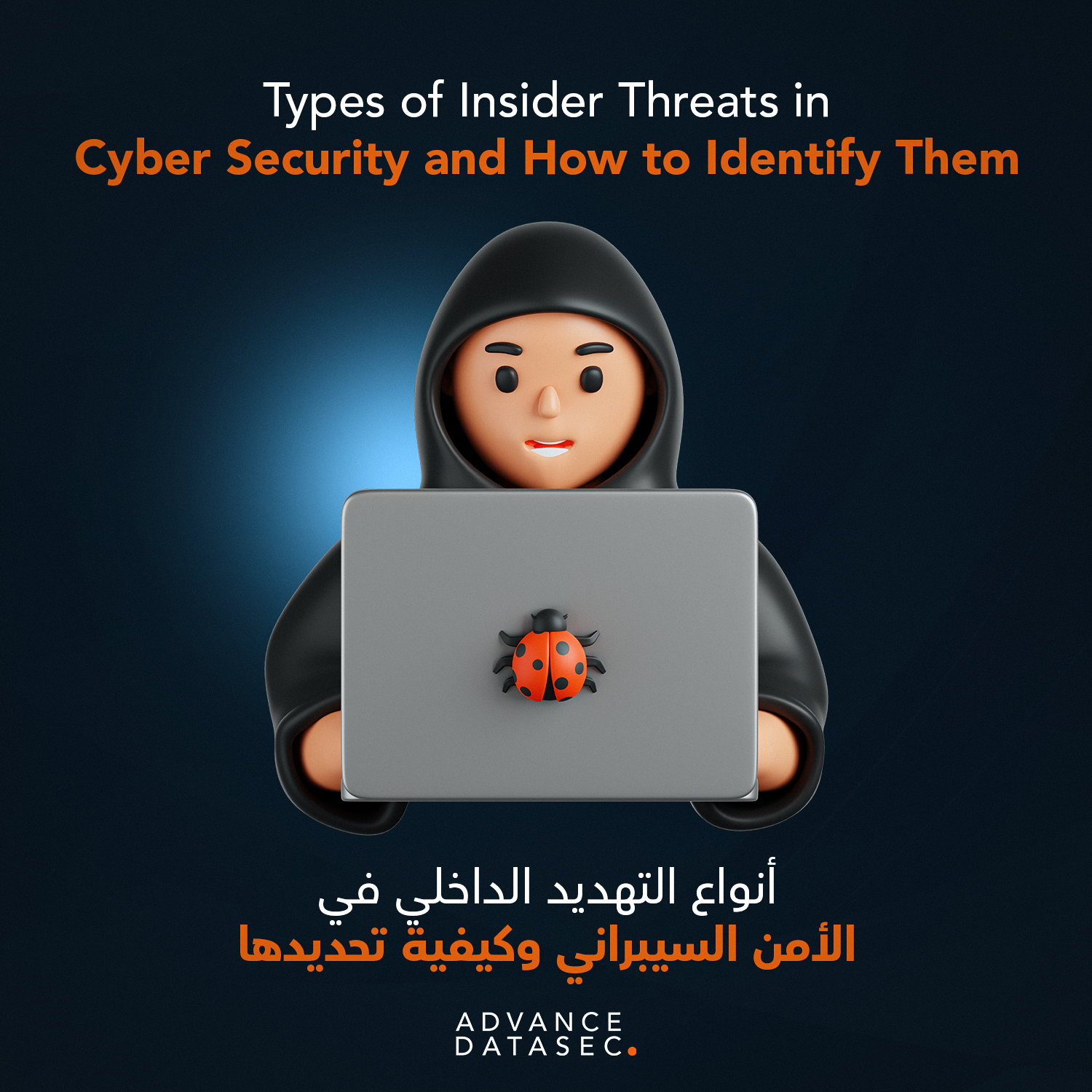In an era where digital transformation is accelerating at warp speed, the volume and sophistication of cyber threats are rising exponentially. Traditional, signature-based security tools are struggling to keep pace with polymorphic malware and zero-day attacks. The future of digital defense lies not just in human expertise, but in the intelligent, scalable capabilities of Artificial Intelligence (AI). For organizations aiming for true resilience, understanding the pivotal role of AI in cyber security is no longer optional—it is a competitive necessity.
The Shifting Cyber Threat Landscape
Cybercrime is now a multi-trillion-dollar industry, and attackers are leveraging automation and machine learning to launch faster, more targeted assaults. The sheer volume of daily security alerts overwhelms human security operations center (SOC) analysts, leading to alarm fatigue and missed critical events.
This growing disparity between human capacity and automated threat volume demands a paradigm shift. We must move from reactive patch-and-fix models to proactive, predictive security architectures.
The Transformative Role of AI in Cyber Security
AI and its sub-fields, Machine Learning (ML) and Deep Learning (DL), provide the necessary tools to process massive datasets, identify hidden patterns, and make instantaneous decisions that were previously impossible. This powerful, analytical ability is the primary role of AI in cyber security today.
AI-Powered Threat Detection and Prediction
One of the most immediate impacts of AI is its ability to radically improve threat detection. Unlike static rules, ML models learn from every piece of network traffic and endpoint activity.
- Anomaly Detection: AI establishes a “baseline” of normal network and user behavior. Any deviation—a large data transfer at an unusual time, an employee logging in from a foreign country, or access to sensitive files they don’t normally touch—is flagged as a potential anomaly.
- Zero-Day Identification: By analyzing the characteristics and behavior of new, unseen files and network packets, ML models can predict whether they are malicious, even without a prior signature. This is crucial for defending against zero-day exploits.
- Vulnerability Prioritization: AI helps security teams sort through thousands of vulnerabilities by calculating the actual risk and exploitability score, ensuring the most dangerous flaws are fixed first.
Behavioral Analytics and User Entity Behavior Analytics (UEBA)
The role of AI in cyber security extends deep into user monitoring. Insiders—whether malicious or merely negligent—account for a significant portion of breaches. UEBA tools powered by ML continuously monitor user and entity (server, device) behavior. If a privileged user suddenly begins downloading an entire customer database, the AI can immediately generate a high-priority alert or even automatically suspend the user’s session, effectively stopping a data leak in progress.
Automated Incident Response (SOAR)
In a breach scenario, every second counts. AI dramatically shrinks the “dwell time”—the period an attacker remains undetected within a network. This is achieved through Security Orchestration, Automation, and Response (SOAR) platforms, which are heavily reliant on AI.
- Triage and Enrichment: When an alert is received, AI automatically gathers contextual data (e.g., related threat intelligence, affected assets, user identity).
- Containment: The AI engine can execute pre-defined playbooks, such as isolating the affected endpoint, blocking the malicious IP address at the firewall, or resetting the compromised user’s credentials—all without human intervention.
- Reduction of Alert Noise: By filtering out false positives with high accuracy, AI ensures that human analysts only spend time investigating genuine, high-risk threats, making the SOC far more efficient.
Challenges and Ethical Considerations
While AI represents a formidable leap forward in digital defense, its implementation is not without hurdles. Organizations must be aware of potential pitfalls:
- Data Dependency: AI models are only as good as the data they are trained on. Bias in training data can lead to models that either miss specific types of attacks or generate excessive false positives.
- Adversarial AI: Attackers are developing sophisticated “poisoning” attacks to confuse or manipulate AI detection models, creating a constant technological arms race.
- Explainability (XAI): Understanding why an AI system flagged a certain piece of traffic as malicious can be difficult, creating challenges for auditors and analysts needing clear, justifiable evidence.
Why AI Isn’t a Silver Bullet: The Human-AI Collaboration
Despite the incredible role of AI in cyber security, it will not replace human professionals. Instead, it serves as an indispensable force multiplier. AI handles the rote, repetitive, and high-volume tasks, freeing up human analysts to focus on complex, strategic decision-making, threat hunting, and the crucial aspects of governance and compliance.
The most effective modern defense strategy involves a cohesive collaboration: AI for speed and scale, and humans for context, strategy, and adaptation. Leveraging the full potential of the role of ai in cyber security requires expert implementation and continuous calibration.
Partnering for an AI-Driven Defense
Adopting AI-powered security solutions demands deep technical expertise, from selecting the right UEBA and EDR platforms to integrating them seamlessly within existing infrastructure. For regional businesses, this journey also involves navigating local regulatory frameworks and ensuring AI systems adhere to specific compliance standards.
Organizations must prioritize partners who understand both the global best practices of AI defense and the specific regulatory landscape, ensuring that AI-driven solutions are optimized for their unique operating environment.
Conclusion
The future of cyber defense is intelligent. AI is rapidly changing the landscape of threat detection, moving cybersecurity from a static barrier to a dynamic, learning, and predictive ecosystem. Embracing the robust capabilities of AI-driven tools allows businesses to move beyond mere reaction and towards true, proactive resilience. As threats continue to evolve, the strategic use of AI will be the defining factor in determining which organizations thrive in the digital age.
Ready to integrate state-of-the-art AI-powered threat detection and proactive defense strategies into your operations? Don’t leave your digital future to chance. Contact Advance-DataSec today to secure your assets and ensure business continuity with expert, localized cybersecurity solutions.

For more articles:






